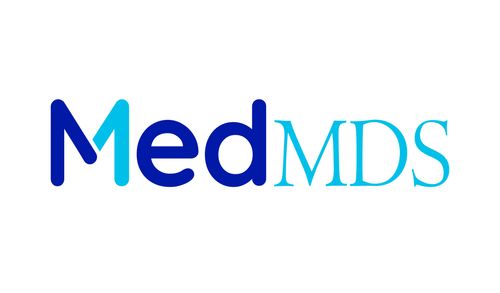Diabetes is a disorder that occurs when your blood sugar levels (glucose) are abnormally high. It develops when your pancreas does not produce enough or any insulin, or your body does not adequately respond to insulin’s effects. Diabetes affects individuals of all ages.
The majority of diabetes cases are chronic (lifelong), and all can be managed with medication and lifestyle adjustments.
Diabetes mellitus is a condition that alters the way the body handles blood sugar.
Glucose is an essential energy source for the cells that comprise muscles and tissues. It also provides the majority of the brain’s energy.
The primary cause of Diabetes varies by kind. However, regardless of the type of Diabetes, it can lead to high blood glucose levels. Too much sugar in the bloodstream can have major health repercussions.
Type 1 and type 2 diabetes are both chronic diseases. Prediabetes and gestational Diabetes are both possibly recoverable diabetes diagnosis.
However, the blood sugar levels are not high enough to be considered diabetic. Furthermore, prediabetes might progress to Diabetes if no preventative measures are implemented. Gestational Diabetes occurs while pregnant. However, it may be Diabetes once the baby is born.
Treatment for Diabetes Mellitus
- Regularly check your blood sugar levels.
- Plan your meals appropriately.
- Performing activities on a regular basis.
- Injecting insulin and other drugs as needed.
As a result, with correct therapy and care, this condition can be significantly decreased to manageable levels.
Types of Diabetes
There are various forms of Diabetes. These types include:
- Type 1 diabetes (T1D). This kind affects approximately 5% to 10% of people with Diabetes. Historically, people referred to type 1 diabetes as “juvenile diabetes,” diabetes-dependent Diabetes.” This is because type 1 diabetes often begins in infancy or early adolescence. However, anyone can get T1D at any age.
- Type 2 diabetes (T2D) affects around 90% to 95% of diabetic patients. T2D most commonly occurs in adults. Diabetes can also affect youngsters.
- Type 3c diabetes affects approximately 4% to 5% of people with Diabetes. Researchers believe that physical injury to the pancreas can cause type 3c Diabetes.
- Gestational Diabetes: PregnDiabetes-related physical and hormonal changes can cause Diabetes. This kind of Diabetes normally resolves once the baby is born.
Symptoms
Diabetes symptoms differ according to how high your blood sugar is. Some patients, especially those with prediabetes, type 2 diabetes, or gestational Diabetes, may not have symptoms.
The most prevalent symptoms connected with Diabetes are listed below:
- Increased thirst
- Weight loss.
- Increased urination
- Hunger
- Diabetes by cellular starvation
- Fatigue
- Slow healing of wounds
- Yeast infections.




